1. Freeze Leftover Bread
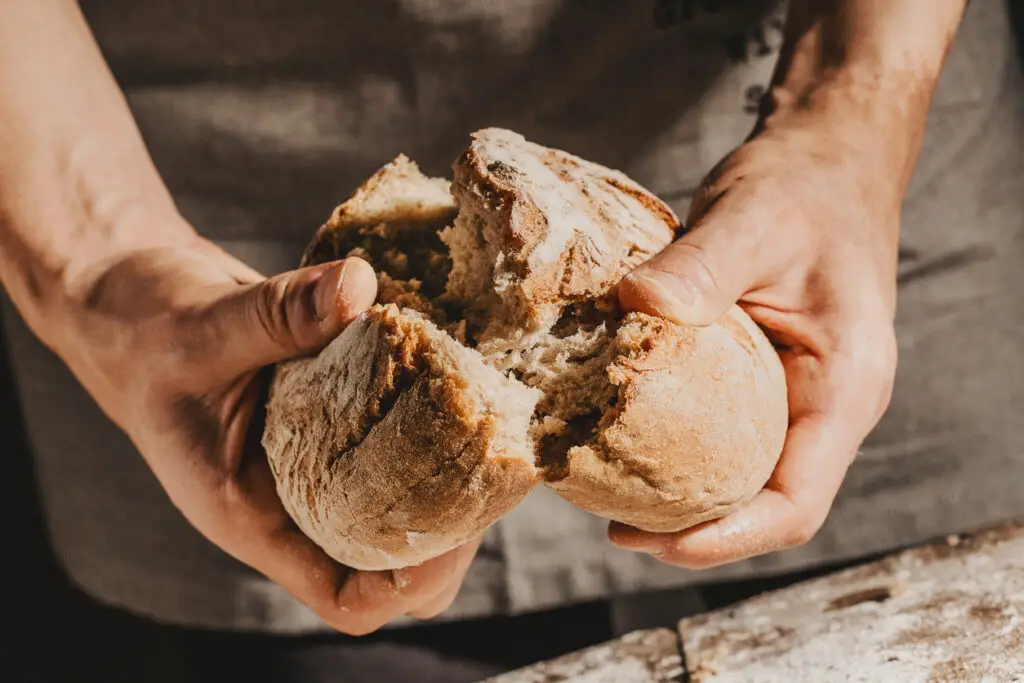
If you’ve ever had a loaf of bread go stale before you finished it, you’re not alone. Grandparents had a simple solution—slice the bread and freeze the extra. Freezing it this way helped keep it fresh for much longer. The best part is that frozen bread can be toasted straight from the freezer. No need to thaw it first, and it’ll taste just like it was freshly baked. This trick is a great way to make sure you’re not wasting any bread and still have it on hand when you need it. It’s also an easy option when you only need a few slices at a time, like for sandwiches or toast shares Southern Living.
These days, it’s just as effective, especially for busy households. Instead of throwing away that half-eaten loaf, freeze what you can’t finish. Then, when you’re ready to use it, just pop it in the toaster or oven. It’s a small habit that saves money and reduces food waste. If you don’t go through a loaf in a week, you won’t have to throw away moldy bread anymore. Freezing bread this way is a clever and budget-friendly practice that’s still as useful today as it was in the past says Tasting Table.
2. Repurpose Vegetable Scraps

Rather than throwing away those carrot peels or onion skins, many grandparents would save them to create flavorful broths. They’d collect all their vegetable scraps in a bag or container in the freezer and wait until they had enough to make a hearty stock. A slow simmer with some herbs and water would transform those odds and ends into a rich, delicious broth that added depth to their meals. This wasn’t just a way to stretch groceries—it was also a great way to reduce food waste and get more mileage out of what would normally be thrown away says CNET.
Today, this trick is just as effective, especially with the rise of eco-conscious cooking. Repurposing your vegetable scraps can give you a fresh, homemade stock that tastes far better than store-bought. Use it in soups, stews, or even to cook grains like rice. It’s an easy way to make your groceries go further while also creating something healthy and flavorful. You might even surprise yourself with how good the broth turns out, making you never want to toss out scraps again adds Allrecipes.
3. Save Bacon Grease
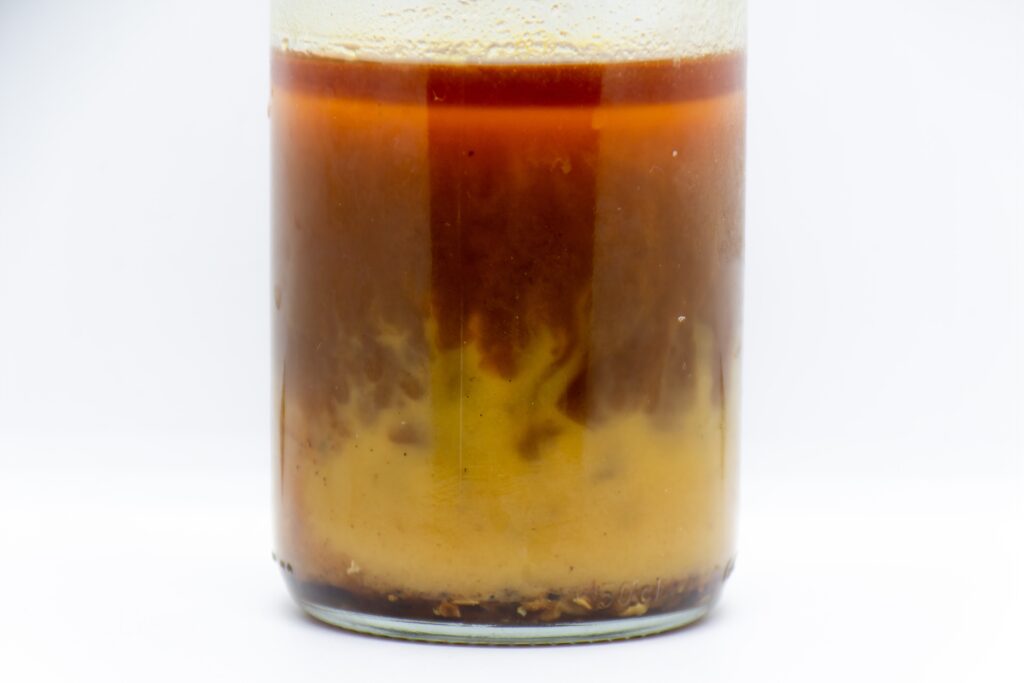
Instead of tossing out that flavorful bacon grease, many grandparents saved it in a jar for future cooking. They’d store it in the fridge and reuse it in everything from eggs to sautéing vegetables. The smoky flavor of the bacon fat made anything it touched taste extra delicious. This practice not only stretched groceries but added a distinct richness to dishes. For years, this was an effective way to get more flavor out of your bacon purchase without any waste. It was a simple yet clever way to make your food stretch farther, and it still works wonders today.
The best part is that bacon grease can be used in a variety of ways. You can substitute it for butter, oil, or even other fats in certain recipes. Whether you’re cooking potatoes, greens, or using it as the base for a sauce, bacon grease adds an unbeatable flavor. Simply strain out any bits of bacon, store it in a jar, and you’re ready to go. It’s a sustainable, delicious way to make your food stretch while getting the most out of every ingredient.
4. Use Aluminum Foil for Freezer Storage
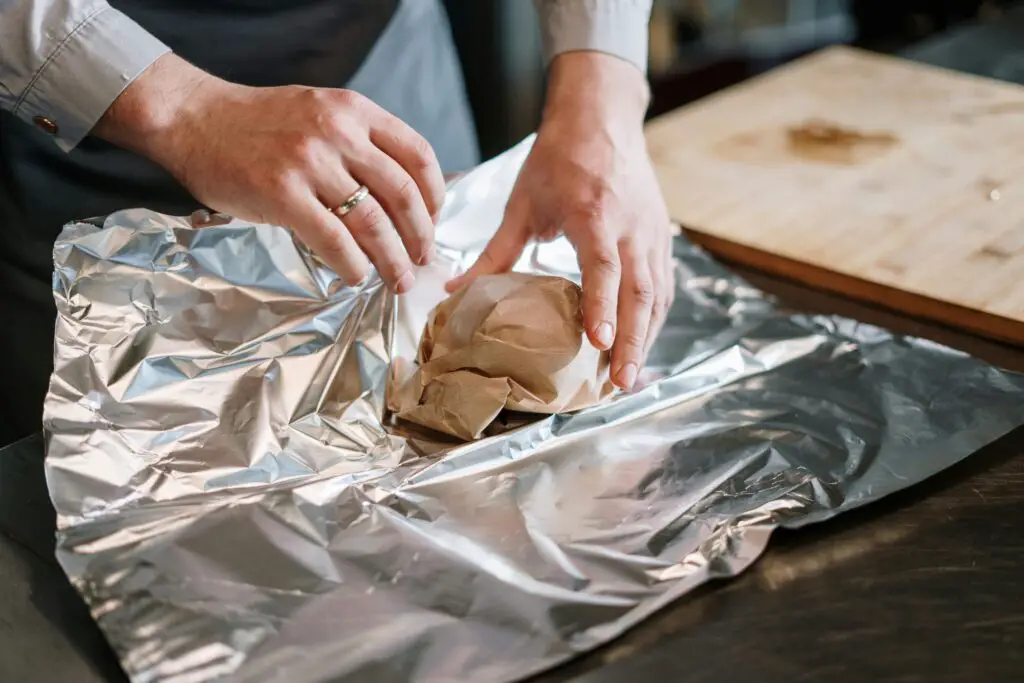
Instead of spending money on expensive freezer bags or special containers, many grandparents would wrap their leftovers in aluminum foil. The foil would help protect the food from freezer burn and keep it fresh longer. Wrapping items tightly created an airtight seal that helped preserve everything from meats to veggies. This was a practical, cost-saving way to keep food stored safely in the freezer, and it worked just as well as fancy freezer bags. They could freeze everything from leftover casseroles to extra portions of chili without needing to purchase more packaging.
Even today, aluminum foil is still one of the best ways to preserve food in the freezer. It’s a simple, eco-friendly solution that doesn’t require you to buy any special products. Plus, aluminum foil is reusable if stored carefully, so you can reduce your waste. This method works especially well for freezing portions of meals, keeping them fresh until you’re ready to use them. Whether you’re meal prepping or just trying to make leftovers last, aluminum foil is an inexpensive and effective option that stands the test of time.
5. Make Your Own Salad Dressings
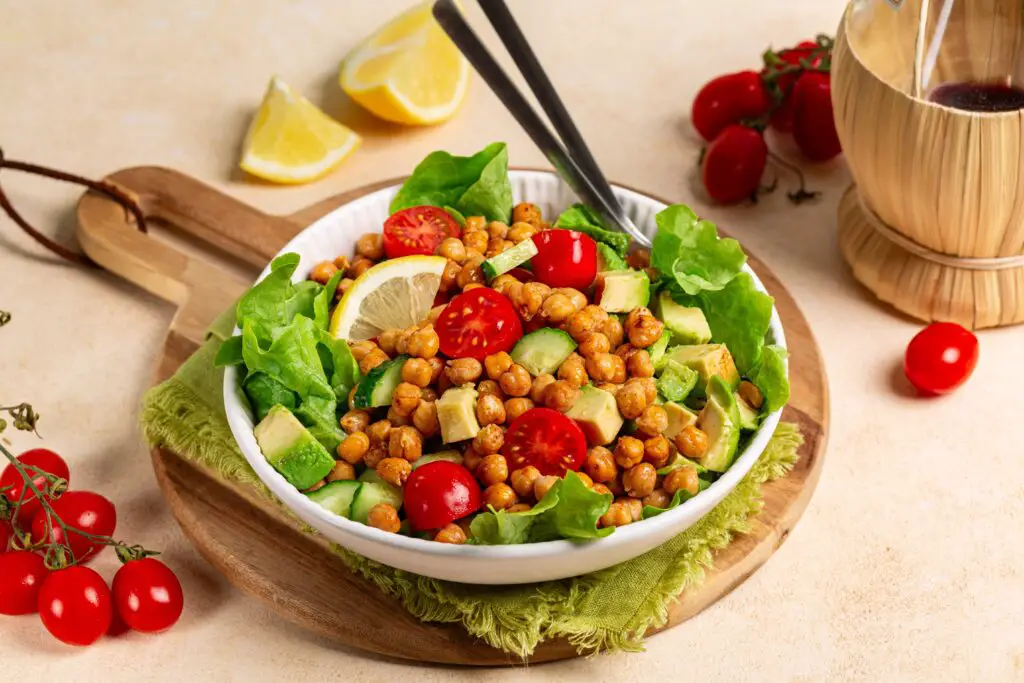
Store-bought salad dressings can be pricey and often contain unnecessary additives, but many grandparents made their own at home. They would whip up simple dressings using ingredients like olive oil, vinegar, mustard, and herbs, which were not only cost-effective but also customizable to their taste. This trick saved money and made salads so much more flavorful. You could experiment with different combinations of ingredients to create a dressing that suited your meal perfectly. It’s a quick and easy way to elevate any salad without relying on store-bought options.
These days, making your own salad dressing is just as easy. With just a few pantry staples, you can create a dressing that’s healthier and more flavorful than anything you can buy in the store. Plus, you can control how much sugar, salt, or oil you include. Homemade dressings are also more likely to last in the fridge longer than store-bought ones, and you can store them in reusable jars for easy access. It’s a small effort that makes a big difference in both taste and your grocery budget.
6. Grow Herbs in the Kitchen
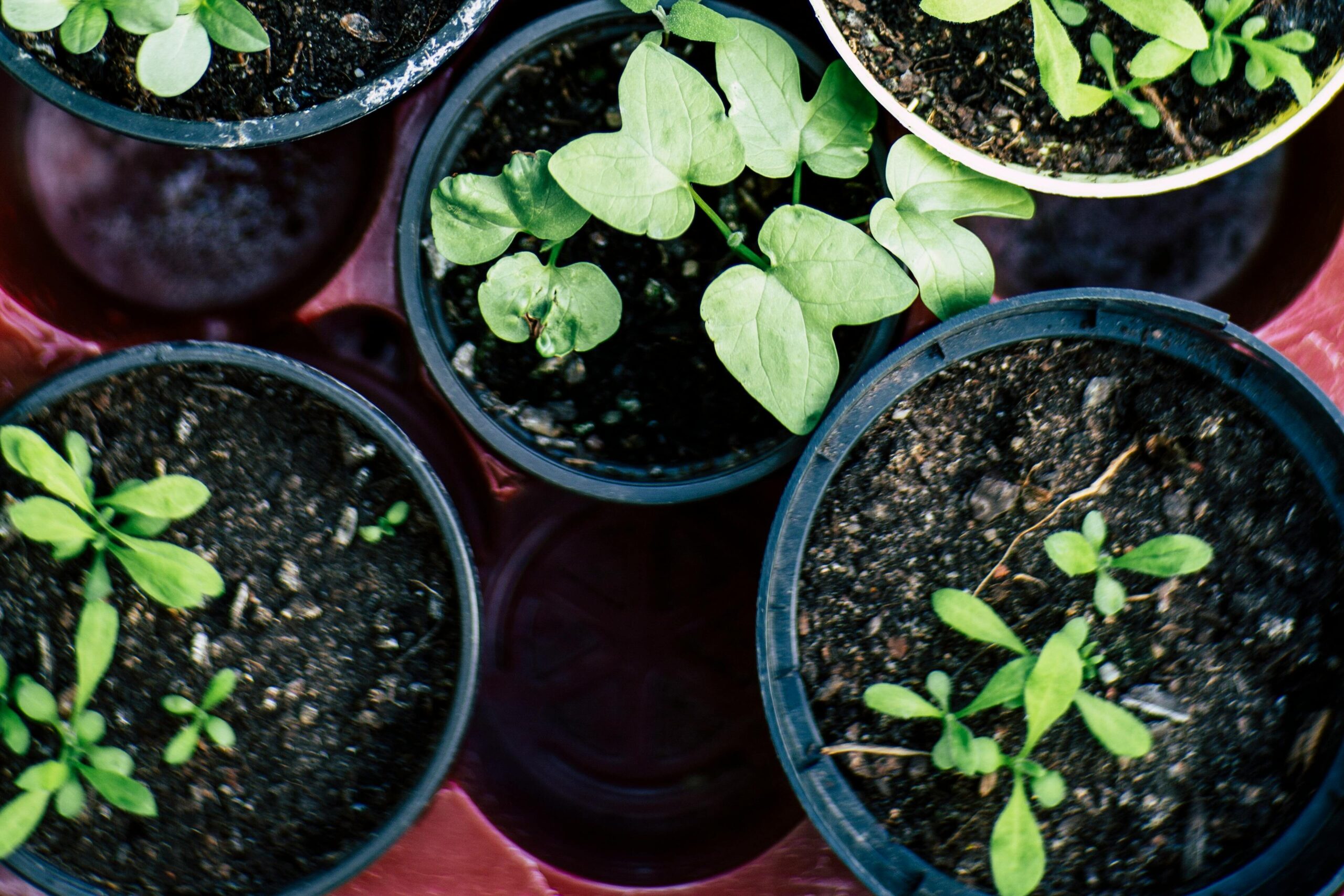
Growing your own herbs was a clever way our grandparents stretched their grocery budget. They’d keep small pots of herbs like parsley, rosemary, and basil in the kitchen, making fresh herbs accessible whenever they needed them. This not only saved money but also added a personal touch to their meals. A small herb garden on the windowsill provided year-round flavor, no matter what was in season outside. Grandparents knew that a little bit of effort in growing their own herbs would go a long way in keeping their meals fresh and flavorful.
Today, this trick is just as useful. Growing herbs at home doesn’t require a lot of space, and even a few small pots can provide you with all the fresh flavor you need. Whether you have a full garden or just a couple of potted plants on your windowsill, it’s a simple way to stretch your grocery budget. Plus, growing your own herbs means you’ll always have a fresh supply on hand, reducing the need to buy expensive fresh herbs at the store. It’s an easy and sustainable way to bring flavor to your meals while keeping costs low.
7. Plan Meals Around Leftovers
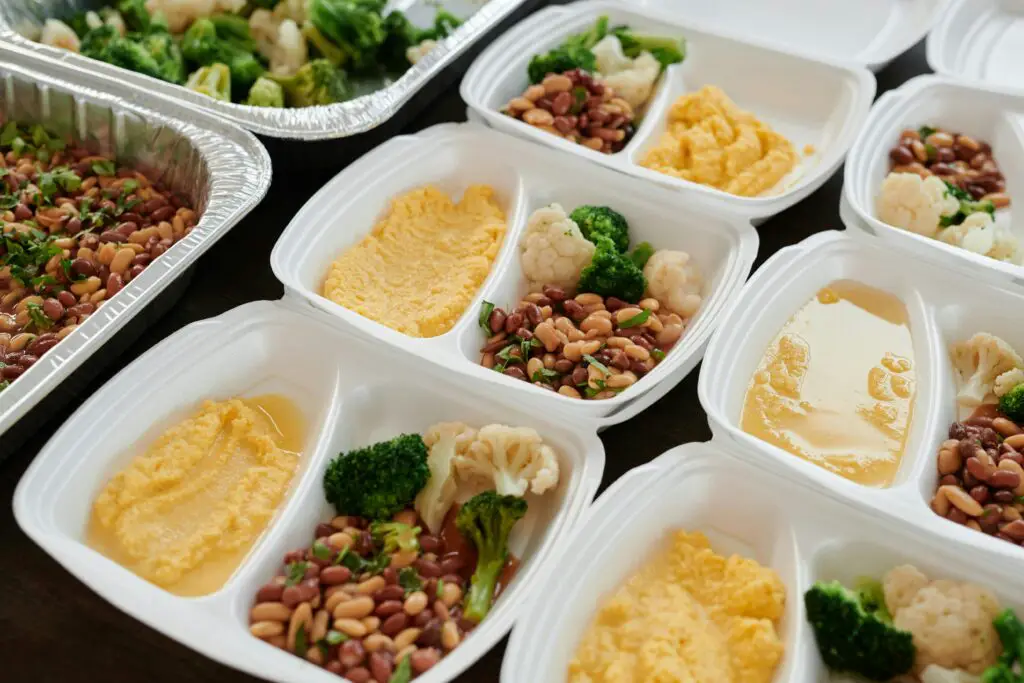
One of the smartest things grandparents did was plan meals around leftovers. Instead of preparing an entirely new dish every day, they’d take what was left from one meal and transform it into something fresh the next day. For example, leftover roast chicken could become chicken soup or chicken salad. This not only saved time but also reduced food waste and stretched grocery budgets. They’d plan meals in a way that allowed for creativity with the leftovers, ensuring that no food went to waste. This practice kept them from overbuying and made the most out of every ingredient they purchased.
Today, this trick is just as effective and beneficial. By reworking leftovers into new meals, you’ll find that you don’t need to buy as many groceries. It’s also a great way to use up any vegetables or meat that might be hanging around. Whether you’re repurposing last night’s dinner or simply mixing things up with a new sauce, planning meals around leftovers is a simple way to save time, money, and effort. It’s an easy habit to implement, and it’s perfect for busy people who want to make their grocery budget last longer.
8. Save and Reuse Pasta Water
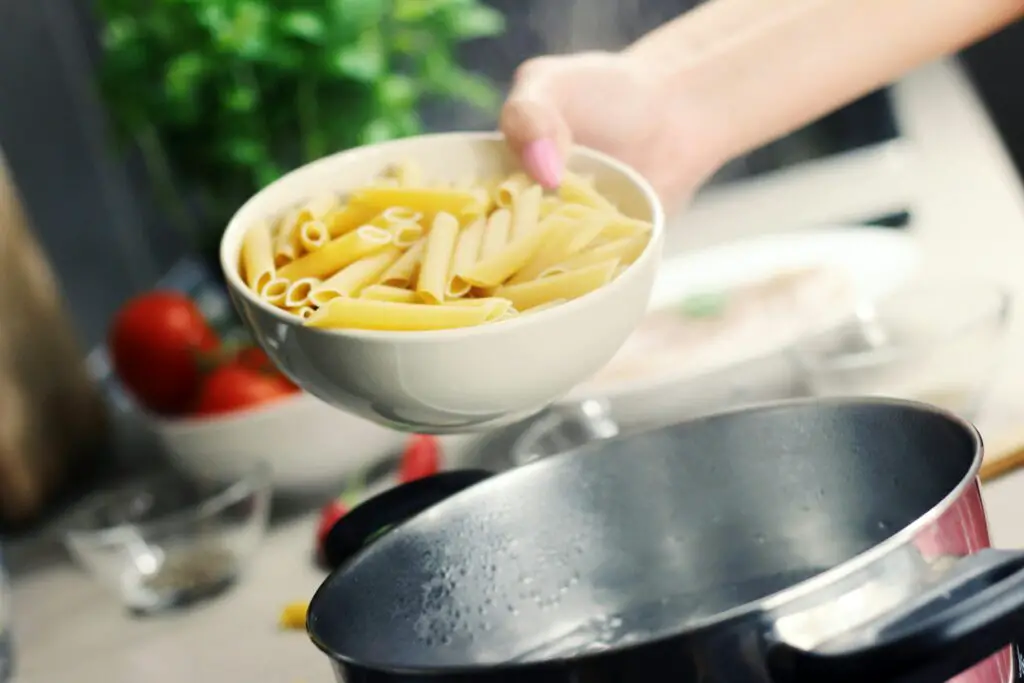
Instead of pouring out the water after cooking pasta, grandparents would save it for later use. The starchy water could be used to thicken sauces or soups, making it a resourceful way to stretch ingredients further. That water wasn’t just waste—it was packed with flavor that could be added to any dish for extra depth. Whether you were making sauce, cooking rice, or adding a little flavor to your next meal, the pasta water worked wonders. This trick not only extended the use of your groceries but also helped create richer, more flavorful meals.
Today, this simple practice is just as effective and easy to implement. Save a cup of pasta water before draining your noodles, and use it as a base for sauces or stews. It’s an excellent way to enhance your cooking while minimizing waste. Plus, if you’re cooking vegetables or grains, you can use the pasta water to add extra starch and flavor. It’s a clever way to get more out of your groceries and elevate your cooking with minimal effort.
9. Save Jars and Containers
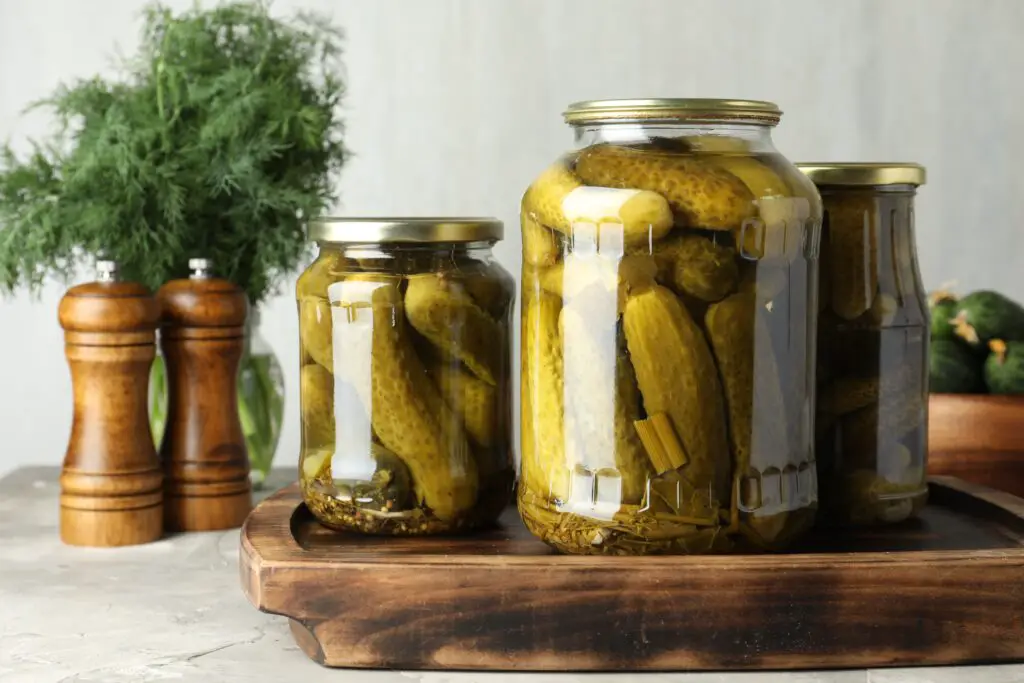
Rather than tossing out glass jars, plastic containers, or tin cans, many grandparents would reuse them for storage. They’d save jars from jam, peanut butter, or canned goods and use them to store leftovers, dry foods, or even homemade preserves. This trick not only helped keep food fresh but also cut down on the need to buy additional storage containers. By reusing what they already had, grandparents were able to stretch their grocery budget while also helping the environment by reducing waste. This practice made everyday life a little easier and more sustainable.
Today, this simple habit is still useful. Whether it’s for storing pasta, beans, or homemade sauces, repurposing jars and containers is an easy way to stay organized without spending extra money. You can even use them to store bulk items or portion out leftovers. By reusing containers, you’re not only saving money but also contributing to a more sustainable way of living. It’s an easy, effective way to get more out of the items you already have in your home.
10. Use Potato Peels for Chips
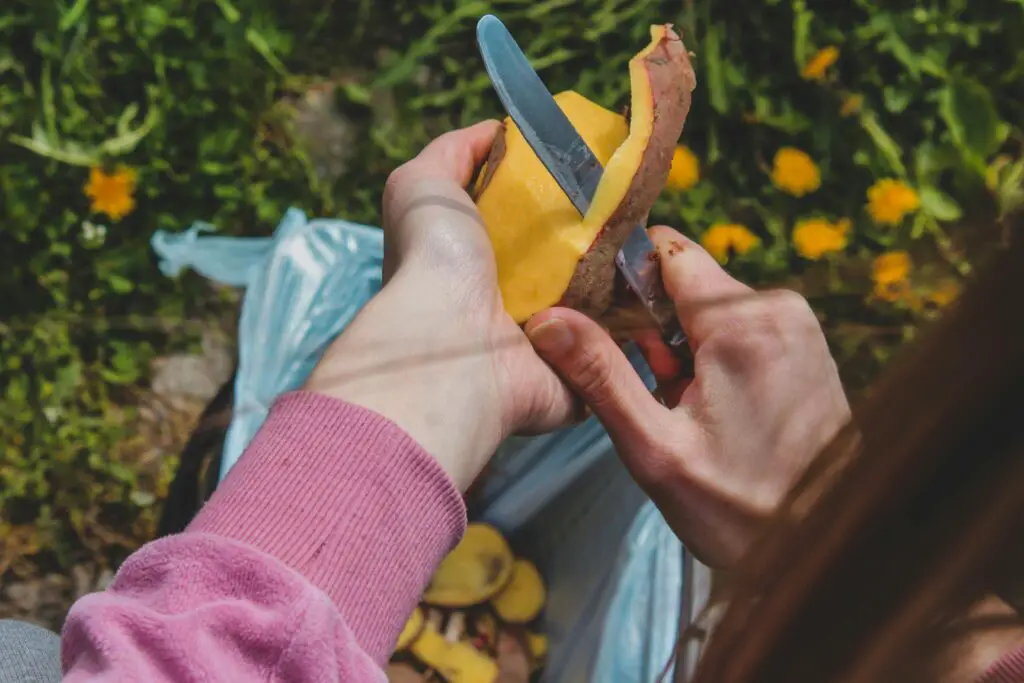
Instead of throwing out potato skins, grandparents would turn them into delicious, crispy chips. They’d wash the peels, season them with a little salt or other spices, and bake them in the oven until golden and crunchy. This trick turned a simple kitchen scrap into a tasty snack, saving money and reducing waste. Potato skins are full of fiber and nutrients, making this snack both healthy and satisfying. Plus, it’s incredibly easy to make, and the chips can be customized with any flavorings you like. Whether seasoned with garlic, paprika, or just a pinch of salt, potato peel chips were a clever way to stretch groceries.
These days, this trick is just as popular and effective. Making chips from potato skins is a fun, eco-friendly way to reduce waste and enjoy a crispy snack without buying expensive packaged chips. You can even use them as a topping for salads or soups to add some extra crunch. It’s a simple habit that makes the most of what you already have in your kitchen and turns an ordinary leftover into something special.
11. Store Fresh Herbs in Water
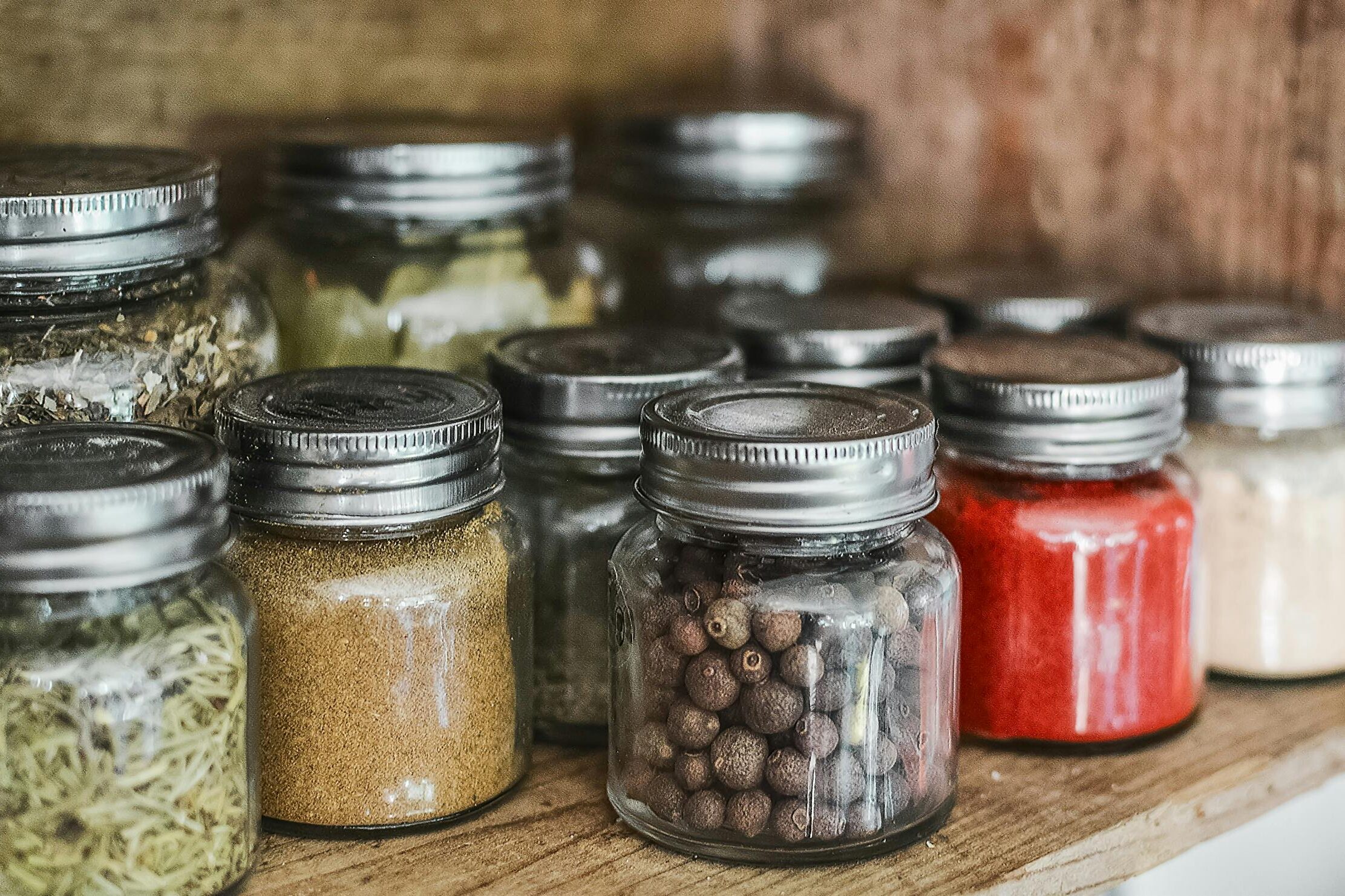
Rather than letting fresh herbs wilt away in the fridge, grandparents would store them in water. They’d place the stems of herbs like basil, cilantro, or parsley in a glass of water, keeping them fresh for days or even weeks. This simple trick helped preserve the herbs, making them last longer and always available for cooking. It was an easy, no-fuss way to make sure they didn’t waste any fresh herbs before they had a chance to use them up. Some herbs, like basil, would even continue to grow in water, giving you a little homegrown supply right in your kitchen.
Today, storing herbs in water is still a great method for keeping them fresh. If you’re lucky enough to have a sunny windowsill, this trick works even better. You can change the water every couple of days to ensure the herbs stay hydrated, and they’ll continue to add flavor to your meals. This habit reduces the need to buy new herbs all the time and helps extend the shelf life of your fresh ingredients. It’s an easy, sustainable way to use herbs at their peak while reducing waste in your kitchen.
12. Make Your Own Ice Cream

Before ice cream became a store-bought staple, many grandparents would make their own from scratch. Using simple ingredients like cream, sugar, and vanilla, they’d mix up a homemade batch that tasted just as good as anything you could buy. This was an affordable, fun way to enjoy a treat without breaking the bank. Whether they used an ice cream maker or stirred it by hand, the homemade ice cream was always a hit. It was a great way to control the ingredients, avoid preservatives, and create a dessert that everyone loved.
Even today, making your own ice cream is an easy and cost-effective way to treat yourself. With just a few ingredients, you can customize your flavors and create a healthy alternative to store-bought ice cream. Whether you use an ice cream machine or a simple no-churn method, homemade ice cream lets you control the sweetness and texture. It’s a fun activity that brings people together, and you can make it with whatever flavors or mix-ins you enjoy. It’s a timeless trick that still brings joy today!
